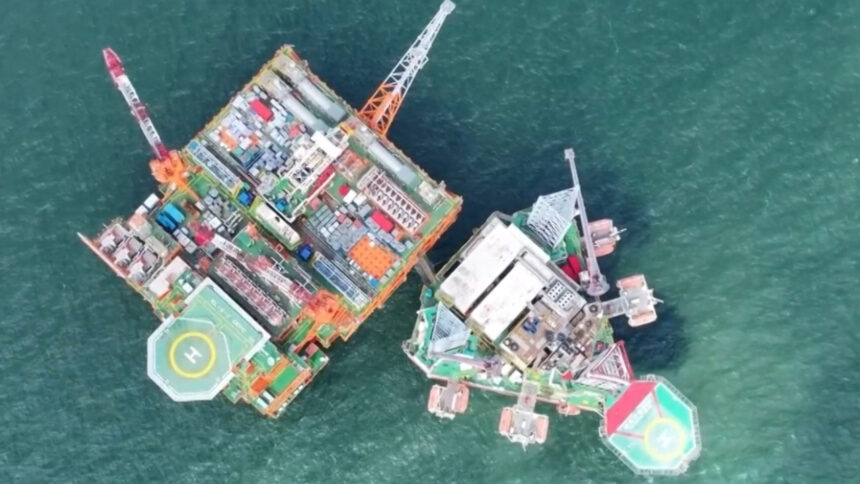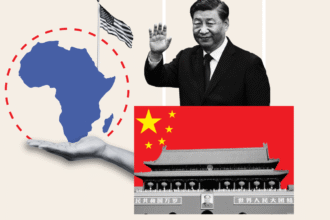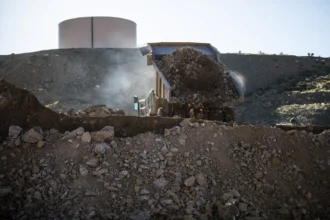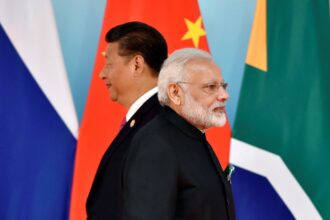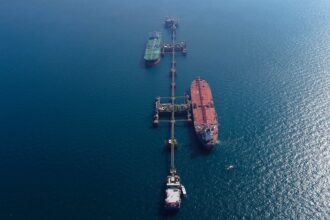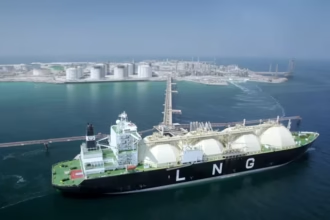China has begun oil drilling operations within Taiwan’s exclusive economic zone (EEZ), a move that has escalated tensions in the Taiwan Strait and raised alarm among international observers. The operation is widely regarded as part of China’s gray-zone tactics, leveraging economic and energy dependencies to exert pressure on Taiwan while avoiding full-scale military conflict.
Details of the Drilling Operation
Reports indicate that Chinese vessels have commenced exploratory and drilling activities in areas within 200 nautical miles of Taiwan’s coast, which legally constitutes Taiwan’s EEZ under international maritime law. Taiwan’s government has condemned the operation as illegal and a direct threat to national sovereignty, calling for international support to deter further encroachment.
The drilling initiative comes amid a broader strategy by Beijing to assert control over contested maritime zones, including areas rich in natural resources. Analysts note that China has increasingly used economic leverage and coercive tactics—ranging from trade restrictions to maritime patrols—to pressure Taiwan without triggering full-scale conflict.
Energy Leverage and Strategic Implications
Taiwan is heavily dependent on energy imports, with domestic production covering only a small fraction of its needs. By initiating oil drilling within Taiwan’s EEZ, China is not only challenging territorial sovereignty but also exploiting Taiwan’s energy vulnerability.
Experts suggest that this move could:
- Raise energy costs for Taiwan if Beijing uses the drilling to manipulate regional supply.
- Force Taiwan to divert resources to monitor and potentially respond to Chinese operations.
- Signal Beijing’s willingness to use gray-zone tactics as a means of coercion, short of open military confrontation.
Regional and International Response
Taiwan has filed diplomatic protests and increased its maritime surveillance and coast guard presence near the drilling sites. President Tsai Ing-wen reaffirmed Taiwan’s commitment to protecting its sovereignty and called on international partners to support freedom of navigation and respect for international law.
The United States and Japan, both key partners in regional security, have expressed concern about China’s actions. Analysts warn that continued Chinese encroachment could destabilize the Taiwan Strait and heighten the risk of miscalculation in one of the world’s most strategically sensitive maritime regions.
Gray-Zone Tactics in Focus
China’s move is emblematic of gray-zone operations, which blend economic, political, and limited military actions to achieve strategic objectives without triggering conventional conflict. Examples include:
- Maritime militia operations in disputed waters.
- Fishing vessel deployments to assert territorial claims.
- Strategic infrastructure investments in sensitive areas.
By combining energy exploration with maritime presence, China is testing Taiwan’s response thresholds while signaling long-term intent to assert influence over the island.
Implications for Global Energy Markets
While the immediate focus is geopolitical, there could be energy market ramifications. Taiwan relies on imported oil and natural gas, and any disruption or perceived threat to supply chains could affect regional energy pricing and logistics. International companies operating in the region may also reassess risk exposure, potentially impacting investment decisions in East Asia.
Looking Ahead
Taiwan faces a delicate balancing act: defending sovereignty while avoiding escalation that could trigger a broader conflict. The international community is increasingly concerned that China’s gray-zone tactics, such as illegal EEZ drilling, could become normalized, undermining regional stability and international maritime law.
As Beijing continues its assertive stance, Taiwan and its allies must navigate a complex mix of deterrence, diplomacy, and strategic signaling. The unfolding situation is likely to be a key test for regional security frameworks and the enforcement of international maritime norms.

